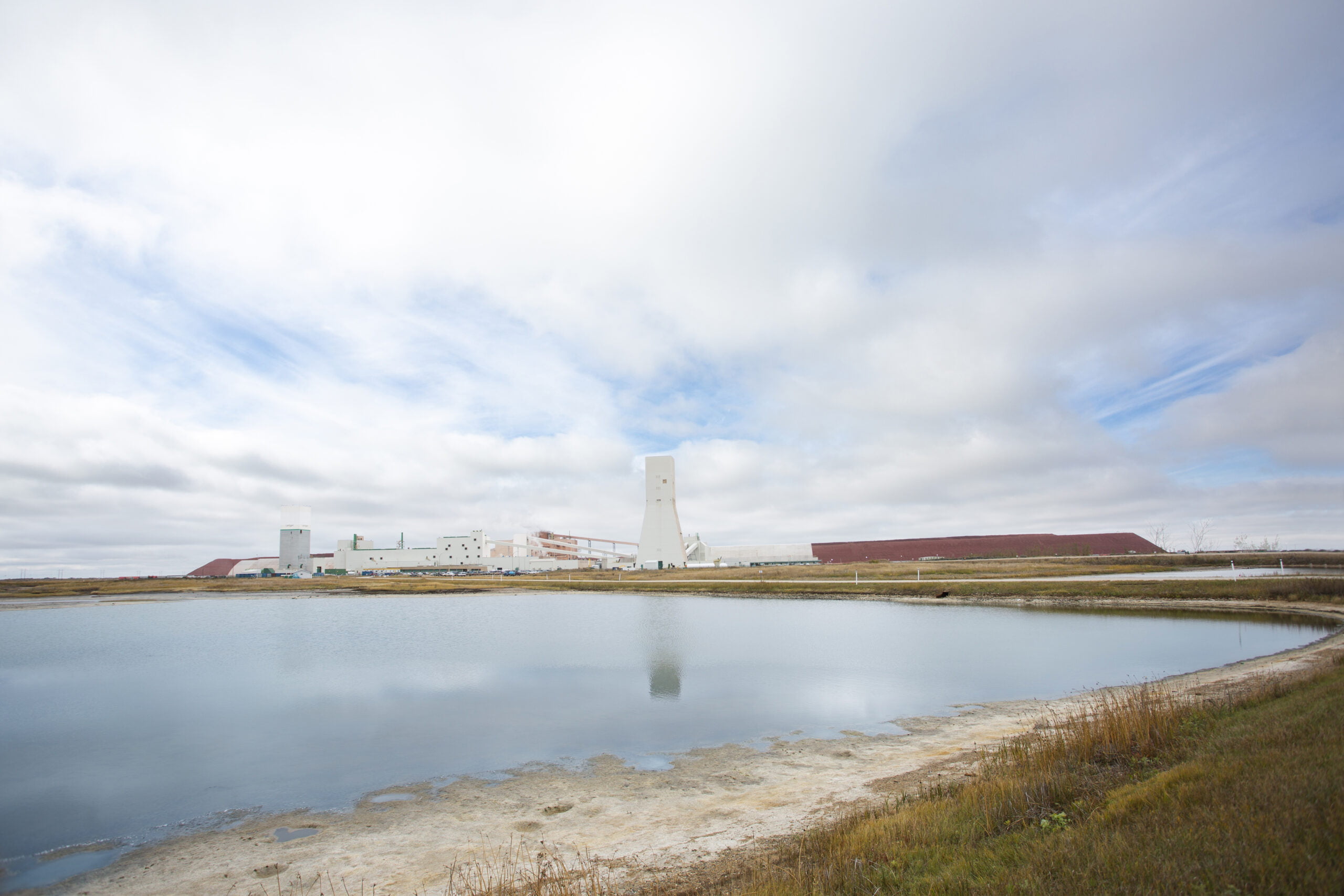What happens when you combine the resources of a group like the International Minerals Innovation Institute (IMII), with its focus on innovations that matter to mining, with those of Mitacs – Inspiring Innovation, in collaboration with the Saskatchewan potash industry? You get projects that build innovative technologies and innovation capacity for the minerals industry.
In June 2019, the IMII and Mitacs announced a partnership to fund student internships to advance research and development into innovations in Saskatchewan’s minerals industry, including its potash industry. This was built off an experience to support a project between BHP, Nutrien, and Saskatchewan Polytechnic for the development of a real-time underground location system, coming out of AIMday Minerals, which was a first-of-its-kind event.
Both IMII and Mitacs agreed to support Saskatchewan’s major minerals companies, including BHP, Mosaic, and Nutrien, by leveraging funding, connections, and academic research expertise. The partnership has helped to advance innovations that matter to mining by bringing together research collaborations between industry and academia, while also assisting in the development and recruitment of highly qualified technical students, graduate students, and postdoctoral scholars.
The potential value of initiatives under the partnership began with a $1.2 million investment. Mitacs will contribute up to $660,000 over five years, and IMII a further $540,000. To date, three projects have been approved under the terms of the partnership focused on advancing technologies and qualified people for Saskatchewan’s potash industry. These include:
- A data-driven based approach for fault location identification in mines’ buried or underground electrical systems – with Mosaic and Nutrien included as industry partners (along with one other non-potash producer) and the University of Saskatchewan as academic partner. This project recognizes the potentially significant costs associated with downtime from a loss of power from high-voltage or medium-voltage lines and is investigating artificial intelligence-based solutions for improving on the time and accuracy of fault location.
- A statistical hazard assessment and modeling of mining seismicity project between Nutrien and the University of Western Ontario.
- A research study into the recruitment and retainment of women in engineering and the minerals industry with a PhD student in the University of Saskatchewan’s College of Engineering.
These three projects show the flexibility in advancing applied research projects based on industry needs through organizations such as IMII and Mitacs. A need may be identified by a group of companies – as in fault location, by a single company – by advancing the understanding of mining seismicity, or by the sector as a whole with the research into improving the recruitment and retainment of women in the minerals industry.
The partnership is being implemented based on requests for researchers issued by IMII and its industry members. It is facilitated by Mitacs’ connections with colleges and universities in Saskatchewan and across Canada. For IMII, Mitacs’ ability to help connect industry with academics willing and able to work with industry not only from within the province, but nationally, is a key component of building value from the partnership.“Mitacs is thrilled by the success of the partnership with IMII and its ability to support innovation important to Saskatchewan’s minerals industry,” says John Hepburn, CEO and scientific director, Mitacs. “Advancing research within this valuable sector with a cohort of interns is bringing tremendous benefits to Saskatchewan’s economy and the minerals industry across the country.”
From IMII’s perspective, “this partnership is enjoying success because of willing industry and academic partners with Saskatchewan and Mitacs’ connections with colleges and universities across Canada,” says Al Shpyth, IMII’s executive director. “Research internships provide valuable opportunities to both the minerals companies hosting the interns and the students engaging in the applied research to have a problem solved and find a potential employee.”
The partnership between IMII and Mitacs is now at its mid-point, but both parties see the potential for committing all the funds to projects before the MOU reaches its conclusion.
IMII is a non-profit organization jointly funded by industry and government, and committed to developing and implementing innovative education, training, research, and development partnerships for Saskatchewan’s world-class minerals industry. IMII’s unique collaboration model facilitates a research focus to meet industry needs, present and future, for many areas, including safety and the environment. For more information about IMII and its initiatives, see www.imii.ca.
Mitacs is a not-for-profit organization that fosters growth and innovation in Canada by helping to solve business challenges with research solutions from academic institutions. Mitacs is a proven industry partner and the projects it funds can span a wide range of areas and disciplines, in addition to engineering, including manufacturing, business processes, IT, social sciences, design, and more. Mitacs is funded by the Government of Canada and the Government of Saskatchewan, along with every other province, industry, and not-for-profit partners, such as IMII and academic partners.
For more information about Mitacs and its programs, see www.mitacs.ca.









